Jianmin Huang
Monotonic Neural Ordinary Differential Equation: Time-series Forecasting for Cumulative Data
Sep 23, 2023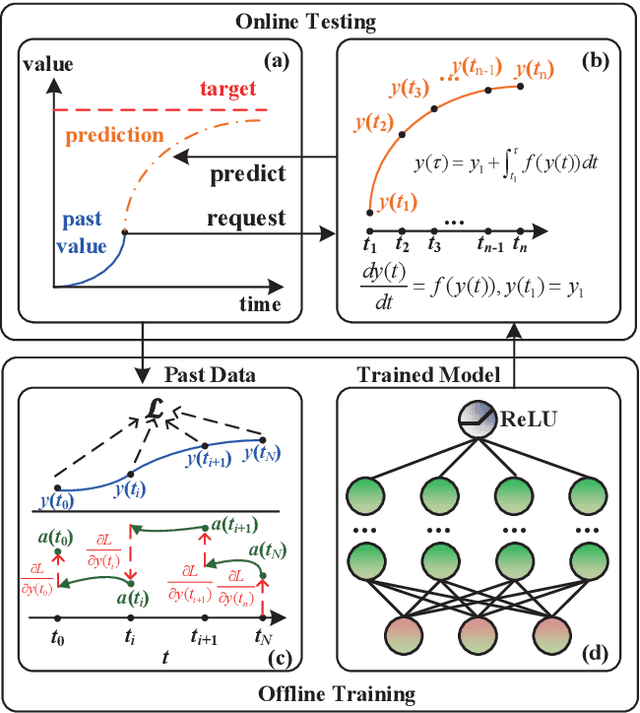
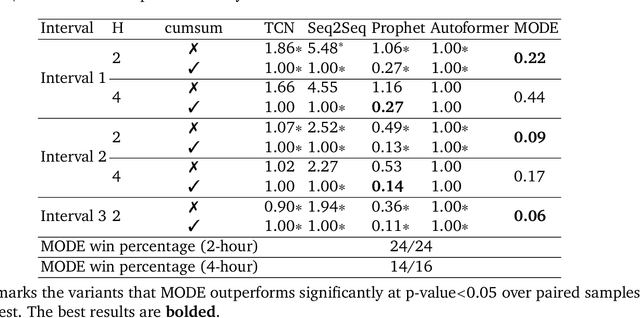
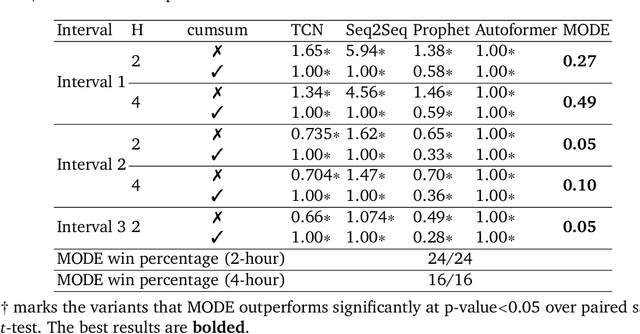
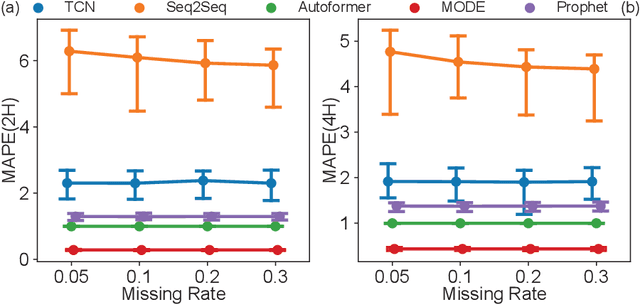
Abstract:Time-Series Forecasting based on Cumulative Data (TSFCD) is a crucial problem in decision-making across various industrial scenarios. However, existing time-series forecasting methods often overlook two important characteristics of cumulative data, namely monotonicity and irregularity, which limit their practical applicability. To address this limitation, we propose a principled approach called Monotonic neural Ordinary Differential Equation (MODE) within the framework of neural ordinary differential equations. By leveraging MODE, we are able to effectively capture and represent the monotonicity and irregularity in practical cumulative data. Through extensive experiments conducted in a bonus allocation scenario, we demonstrate that MODE outperforms state-of-the-art methods, showcasing its ability to handle both monotonicity and irregularity in cumulative data and delivering superior forecasting performance.
Causal Effect Estimation: Recent Advances, Challenges, and Opportunities
Feb 02, 2023Abstract:Causal inference has numerous real-world applications in many domains, such as health care, marketing, political science, and online advertising. Treatment effect estimation, a fundamental problem in causal inference, has been extensively studied in statistics for decades. However, traditional treatment effect estimation methods may not well handle large-scale and high-dimensional heterogeneous data. In recent years, an emerging research direction has attracted increasing attention in the broad artificial intelligence field, which combines the advantages of traditional treatment effect estimation approaches (e.g., propensity score, matching, and reweighing) and advanced machine learning approaches (e.g., representation learning, adversarial learning, and graph neural networks). Although the advanced machine learning approaches have shown extraordinary performance in treatment effect estimation, it also comes with a lot of new topics and new research questions. In view of the latest research efforts in the causal inference field, we provide a comprehensive discussion of challenges and opportunities for the three core components of the treatment effect estimation task, i.e., treatment, covariates, and outcome. In addition, we showcase the promising research directions of this topic from multiple perspectives.
ESCM$^2$: Entire Space Counterfactual Multi-Task Model for Post-Click Conversion Rate Estimation
Apr 03, 2022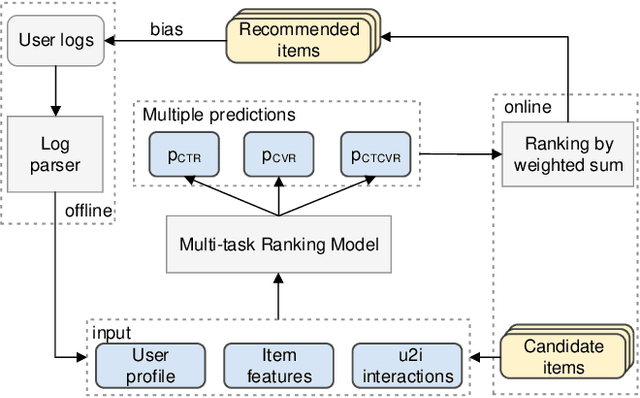



Abstract:Accurate estimation of post-click conversion rate is critical for building recommender systems, which has long been confronted with sample selection bias and data sparsity issues. Methods in the Entire Space Multi-task Model (ESMM) family leverage the sequential pattern of user actions, i.e. $impression\rightarrow click \rightarrow conversion$ to address data sparsity issue. However, they still fail to ensure the unbiasedness of CVR estimates. In this paper, we theoretically demonstrate that ESMM suffers from the following two problems: (1) Inherent Estimation Bias (IEB), where the estimated CVR of ESMM is inherently higher than the ground truth; (2) Potential Independence Priority (PIP) for CTCVR estimation, where there is a risk that the ESMM overlooks the causality from click to conversion. To this end, we devise a principled approach named Entire Space Counterfactual Multi-task Modelling (ESCM$^2$), which employs a counterfactual risk miminizer as a regularizer in ESMM to address both IEB and PIP issues simultaneously. Extensive experiments on offline datasets and online environments demonstrate that our proposed ESCM$^2$ can largely mitigate the inherent IEB and PIP issues and achieve better performance than baseline models.
 Add to Chrome
Add to Chrome Add to Firefox
Add to Firefox Add to Edge
Add to Edge